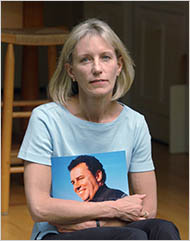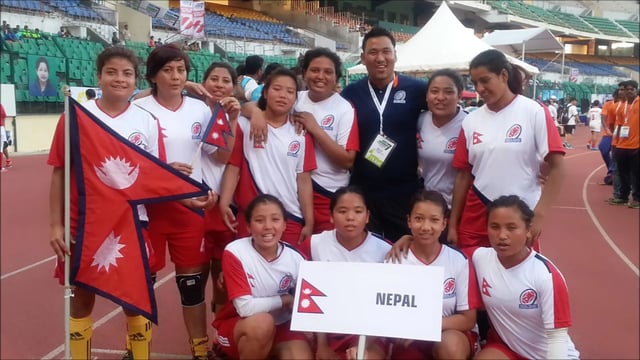This week I’m reviewing a conversation between Hall Davidson, Director of the Discovery Educator Network, and Bernajean Porter, author of Digitales: The Art of Telling Digital Stories. Their conversation can be found in the article The Art of Digital Storytelling. Davidson and Porter discuss a number of ideas about digital storytelling that resonated with me as an instructional designer who wants to use digital stories as part of my work.
Porter describes digital storytelling as designing information, but with a personal angle. She describes some of the components of digital storytelling that she teaches her students, including to live in your story (being connected to the story), sharing your lessons learned (or how does it change your understanding of the world), creating dramatic questions that keep the interest of your audience, and showing, not telling, the information. These are some of the components that make digital storytelling different from presenting information in a Powerpoint presentation.
Porter also shares that “point of view” is one of the hallmarks of digital storytelling. She explains that where documentaries typically have multiple points of views, digital stories may consist of the same information but with a personal connection. An example she uses is an explosion in a coal mine. Where the documentary would get the point of view of the miners, or the families waiting to hear something, or the rescue teams trying to get to the miners, the digital story would show a personal connection to the story, such as what I learned from the story and how it changed me (such as the heroism of the rescuers knowing they could die during the rescue, but still going anyways). This personal connection is what gives the information the quality of a story.
Porter and Davidson also discuss the best methods for preparing your students to think about the stories as they explore them. The first thing is to get them to look for the defining moment in the story. The “a-ha” moment, as Porter describes it, is the one moment of the story that brings clarification and understanding of the lesson in the story. Students can then use this moment of understanding to be the basis of the story they create by sharing how it effected them.
Porter also states that, “You don’t go to the technology until your script and storyboard are robust.” It’s not about learning the technology. It’s about using the technology to tell the story. We should always ask ourselves – how does the technology help me get my message across? Is it enhancing the message that I’m trying to deliver, or is it distracting from that defining moment. All of the assets that we use in our stories (images, video, audio, music, etc.) should be there because they have meaning to me as a storyteller, and then used to share that same meaning with the viewers.
I felt this conversation was an important reminder that there is an art to storytelling. That it isn’t always formulaic, but instead shares common components that are some times difficult to define.


 David Kapata is a 27 year old coach and program coordinator for Grassroot Soccer, and he brings a message of hope to Zambia which has an HIV prevalence rate of 18.2% among young people. His mother died from AIDS when he was nine years old, and then his younger sister died from an AIDS-related illness seven years later, which left him bitter and angry. But at the age of 16 he became a participant in the GRS program, eventually working his way up to coach and a GRS staff position
David Kapata is a 27 year old coach and program coordinator for Grassroot Soccer, and he brings a message of hope to Zambia which has an HIV prevalence rate of 18.2% among young people. His mother died from AIDS when he was nine years old, and then his younger sister died from an AIDS-related illness seven years later, which left him bitter and angry. But at the age of 16 he became a participant in the GRS program, eventually working his way up to coach and a GRS staff position




